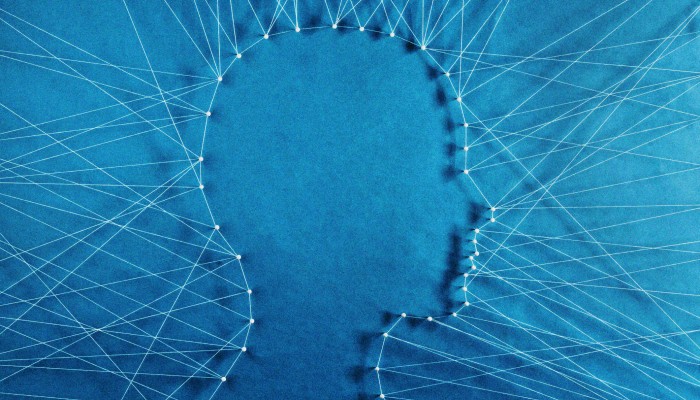Predictive Analytics Tools Forecast COVID-19 Surges Globally
Using data collected from around the world, researchers have built predictive analytics models that can track COVID-19 surges in different countries.

Source: Thinkstock
- Researchers from Binghamton University, State University of New York have developed several predictive analytics models to examine COVID-19 trends and patterns around the world.
For more coronavirus updates, visit our resource page, updated twice daily by Xtelligent Healthcare Media.
The machine learning algorithms analyze trends from the 50 countries that have the highest COVID-19 rates, including the US, and can often predict within a ten percent margin of error what will happen for the next three days based on data from the past 14 days.
"We believe that the past data encodes all of the necessary information," said Anand Seetharam, assistant professor in the department of computer science at Binghamton University.
"These infections have spread because of measures that have been implemented or not implemented, and also because how some people have been adhering to restrictions or not. Different countries around the world have different levels of restrictions and socio-economic status."
For the initial study, the team inputted global infection numbers through April 30, which enabled them to see how their predictions played out through May. There were certain limitations that came with developing the models. For example, data from China was not included because of concerns about government transparency regarding COVID-19.
Additionally, because health resources are often heavily taxed, tracking the spread of the virus wasn’t always a top priority.
"We have seen in many countries that they have counted the infections but not attributed it on the day they were identified," said Arti Ramesh, assistant professor at Binghamton University. "They will add them all on one day, and suddenly there's a shift in the data that our model is not able to predict."
While infection rates are declining in many parts of the US, they are increasing in other countries, the group noted. Health officials are also warning of a second wave if people fail to follow safety guidelines such as wearing face masks.
With these predictive models, the researchers expect to help organizations stay ahead of possible increases in COVID-19 patients.
"The main utility of this study is to prepare hospitals and healthcare workers with proper equipment," Seetharam said. "If they know that the next three days are going to see a surge and the beds at their hospitals are all filled up, they'll need to construct temporary beds and things like that."
The researchers are continuing to collect data from around the world to make the predictive analytics models more accurate. Healthcare workers and other researchers who want to use the models can access them online.
"Each data point is a day, and if it stretches longer, it will produce more interesting patterns in the data," Ramesh said. "Then we will use more complex models, because they need more complex data patterns. Right now, those don't exist -- so we're using simpler models, which are also easier to run and understand."
As the COVID-19 pandemic continues to develop in the US and around the world, researchers are leveraging big data analytics techniques to track the spread of the virus and inform policymaking.
A team from Florida Atlantic University (FAU) recently utilized machine learning technology to build a COVID-19 knowledge base and risk assessment dashboard. The project aims to address the many discrepancies that exist in the context of the pandemic.
“Academia, news agencies, and governments are continuously publishing advances in the understanding of the virus’ clinical pathologies, its genome sequences, and relevant administrative policies and actions taken,” said Xingquan (Hill) Zhu, PhD, principal investigator of the grant and a professor in FAU’s Department of Computer and Electrical Engineering and Computer Science.
“In addition, the public also responds to the changing environments through social media sites or other online sources, resulting in real-time social sensing opportunities. This is why a knowledge base of COVID-19 using machine learning is so crucial for us to model and understand the spread of COVID-19, and eventually mitigate the negative effects of the virus on public health, society, and the economy.”
